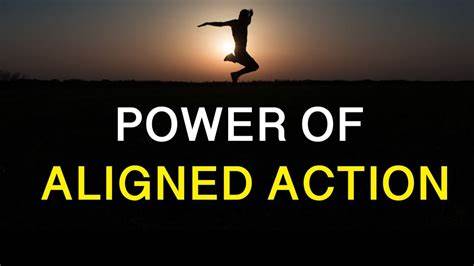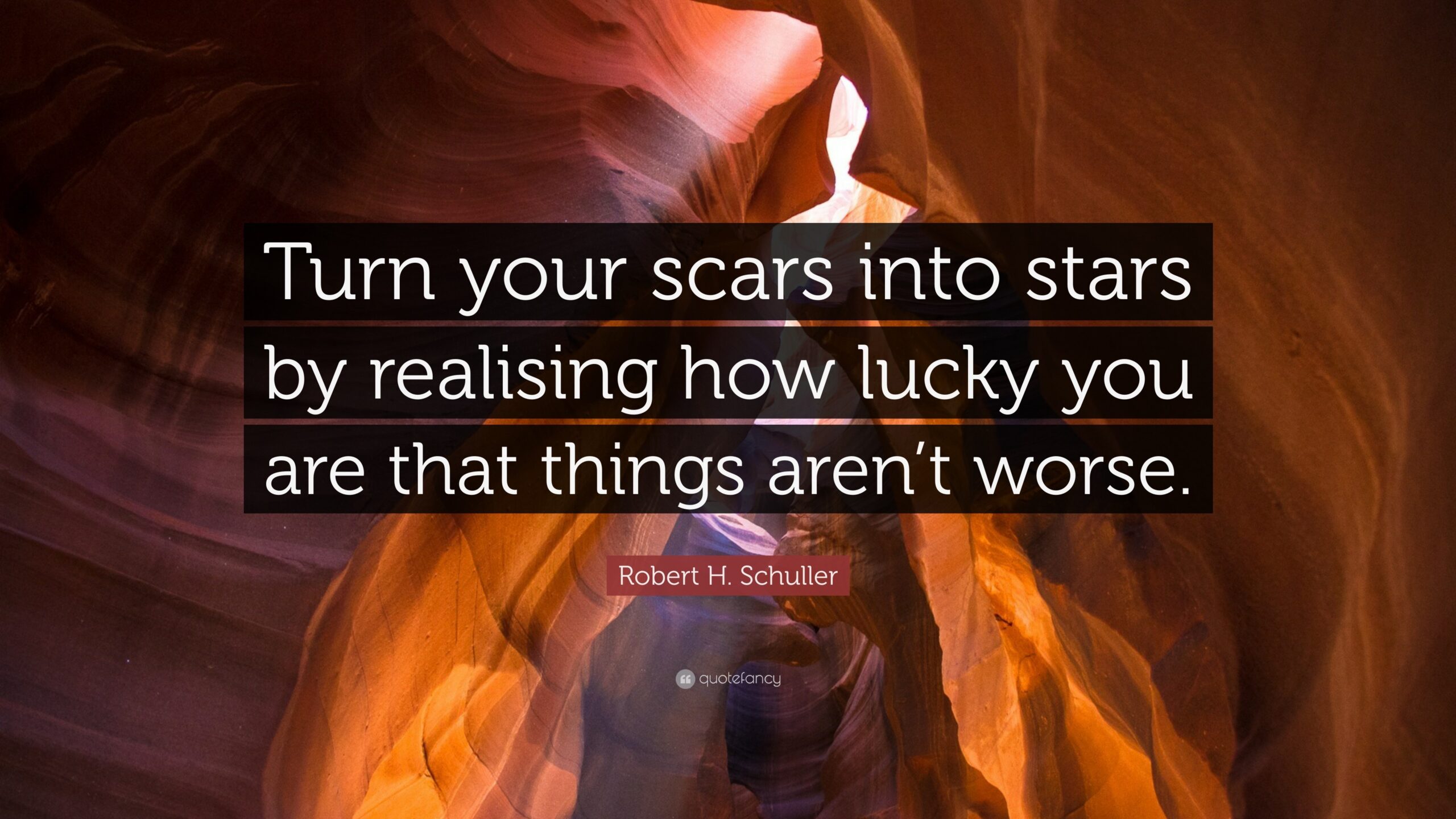In the heart of the bustling city of Mumbai, there is a small cafe that has been serving its loyal customers for over three decades. Known as ‘The Aligned Brew’, this cafe is famous not only for its aromatic coffee and delicious pastries but also for its unique philosophy of Aligned Action.
The owner, Mr Sharma, a man in his late sixties, believes strongly in the power of aligned action. He often shares a story from the early days of his struggle. When they started, they had a clear vision – to create a place where people could enjoy quality food and feel at home. However, despite his tireless efforts, the cafe did not perform well initially. He was on the verge of closing it when his eyes fell on a book on aligned action.
The book emphasizes the importance of aligning one’s actions with their vision and values. Concerned, Mr Sharma decided to give his cafe one last chance. They revisited their approach, identified shortcomings in their actions, and aligned them with their goals. He focused on improving the quality of food, personalized the cafe’s decor to give it a homely feel, and trained his staff to provide warm and friendly service.
The change was remarkable. Within a few months, ‘The Aligned Brew’ started attracting more customers. Today, it stands as a testament to the power of aligned action, which not only serves coffee but also inspires its customers.
Understanding Aligned Action
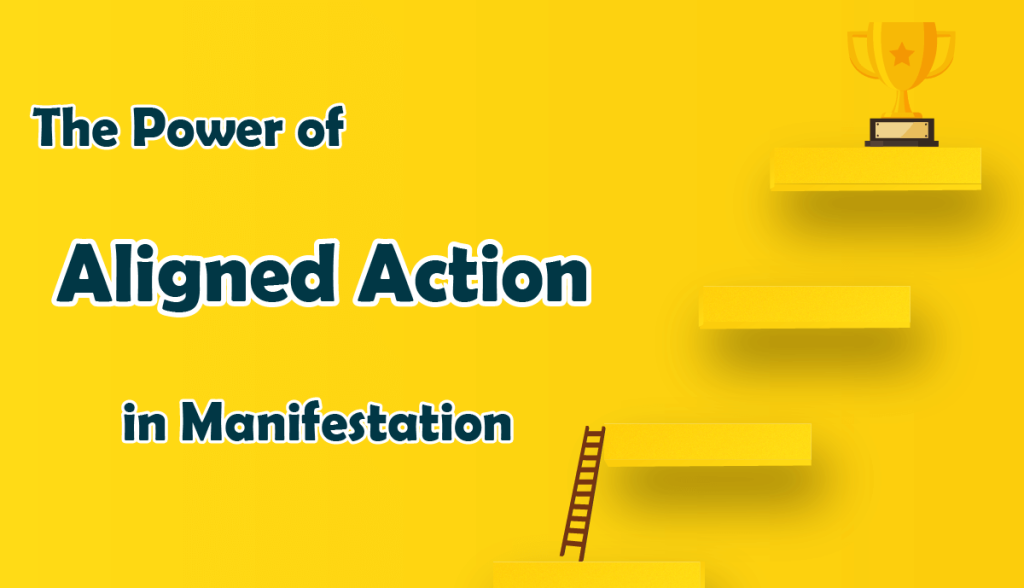
What Is Aligned Action?
Aligned action is a concept that emphasizes the importance of consistency between one’s beliefs, values, and actions. It’s about making decisions and taking actions that are in line with our inner truth and purpose. When our actions align with our core values and intentions, we experience a sense of fulfillment and satisfaction.
The Role of Intentions and Purpose
Our intentions and motives play an important role in directing our actions. They serve as compasses that direct our journey toward our desired outcomes. When our actions are driven by clear intentions and a strong sense of purpose, we are more likely to remain committed and persevere despite challenges.
Aligning Goals with Values
Aligning our goals with our values is a key aspect of aligned action. Our values reflect what is really important to us. They serve as guiding principles that shape our behavior and decisions. When our goals align with our values, we are more likely to be motivated and committed to achieving them.
Overcoming Resistance to Action
Resistance to action often stems from fear, doubt, or lack of clarity. This may manifest as procrastination, self-doubt, or a tendency to avoid taking action. Overcoming resistance involves understanding its root cause, building self-awareness, and taking small, consistent steps toward your goals.
The gap between desire and reality
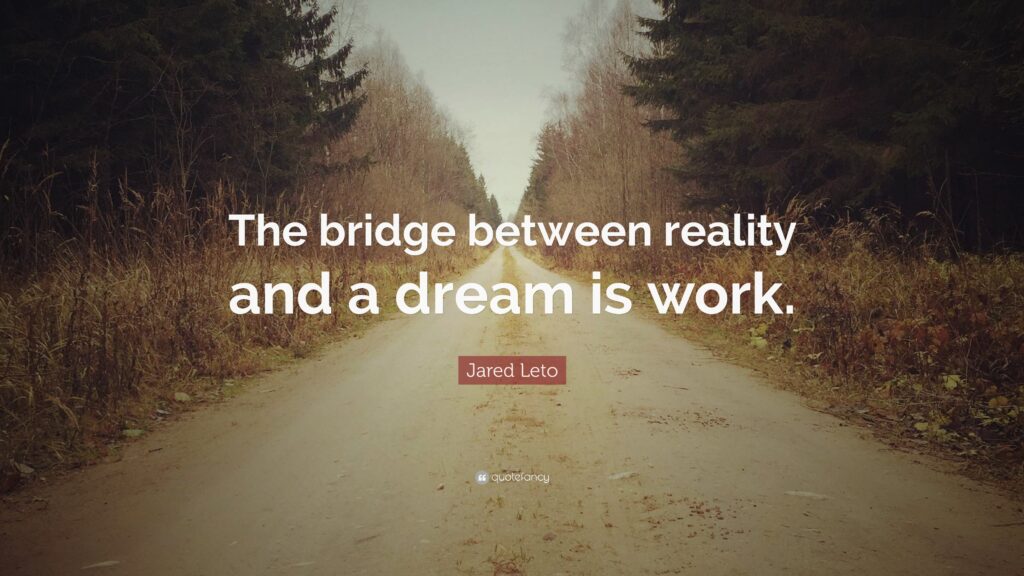
Identifying the gap: why desires remain unfulfilled
Often, there is a gap between our desires and reality. This gap can be attributed to a variety of factors, ranging from lack of clarity about our desires, and misalignment between our actions and goals, to external obstacles hindering our progress. Recognizing this gap is the first step toward closing it and getting closer to your desired outcomes.
Psychological Factors: Fear, Procrastination, and Self-Sabotage
Psychological factors such as fear, procrastination, and self-sabotage often contribute to the gap between desire and reality. Fear of failure or rejection can keep us from taking steps toward our goals. Procrastination, which often stems from extreme pressure or lack of motivation, can delay our progress. Self-sabotage, which includes behaviors that undermine our own efforts, can prevent us from achieving our desires.
External Constraints: Time, Resources and Circumstances
External constraints such as lack of time, limited resources, and adverse circumstances can also increase the gap between desire and reality. Lack of time can limit our ability to take action toward our goals. Limited resources, whether financial, physical, or human, can hinder our progress. Adverse circumstances, such as a challenging economic environment or personal difficulties, can create additional challenges.
The Power of Consistent Action
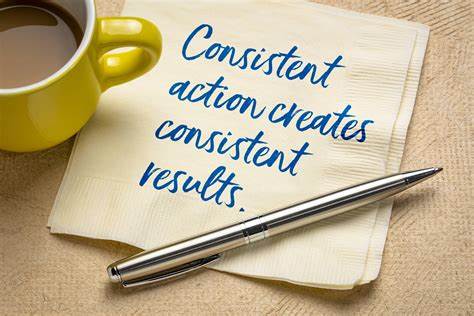
Momentum: How Small Steps Lead to Significant Progress
The power of continuous action lies in the momentum it produces. Just as a snowball rolling down a hill gains momentum and size, small but consistent activities lead to significant progress over time. Each step, no matter how small, adds momentum and gets us closer to our goals. This principle is beautifully illustrated in the ancient Chinese proverb, “A journey of a thousand miles begins with a single step.”
Compound Effect: Consistency Over Time
The compound effect is another powerful aspect of sustainable action. Just as compound interest multiplies money over time, consistent action leads to progress. Each action builds on previous actions, creating a cumulative effect that can lead to rapid escalation. This is why consistency over time is often more important than the magnitude of individual actions.
Case Studies: Real-Life Examples of Aligned Action
Let’s look at some real-life examples of Align in action. Consider the story of famous inventor Thomas Edison. Edison’s journey to inventing the electric light bulb was not a straight path. It involved thousands of failed experiments. However, his persistent action in pursuit of his goal of creating a practical electric light ultimately led to his success.
Another example is the story of Mahatma Gandhi, who led India to independence through non-violent resistance. Gandhiji’s works were deeply connected to his values of truth and non-violence. His continued commitment to these values demonstrated through his actions, played a significant role in his success.
Strategies for Bridging the Gap

Clarity and Vision: Defining Your Desired Outcome
The first step toward bridging the gap between desire and reality is to get clarity about your desired outcome. This involves defining and imagining in detail what success looks like for you. A clear vision serves as a roadmap, directing your actions and decisions toward your desired outcome.
Action Planning: SMART Goals and Milestones
Once you have a clear vision, the next step is to translate it into actionable goals. Using a SMART (Specific, Measurable, Achievable, Relevant, Time-bound) framework can help ensure that your goals are clear and achievable. Setting milestones can also help track progress and maintain momentum toward your desired outcome.
Accountability Partnerships and Support Systems
Having an accountability partner or support system can significantly increase your ability to take consistent action toward your goals. An accountability partner can provide motivation, feedback, and support, helping you stay committed to your goals. Similarly, a support system, whether it’s a mentor, a coach, or a supportive community, can provide valuable guidance and encouragement.
Adaptability: Pivoting When Necessary
Ultimately, it is important to remain adaptable in your journey toward your desired outcome. Despite careful planning and preparation, you may face unexpected challenges or opportunities. Being able to bend and adapt your actions in response to changing circumstances is a key aspect of aligned action.
Aligned action is a powerful tool to bridge the gap between desire and reality. You can effectively advance your journey toward your goals by gaining clarity about your desired outcome, planning your actions, taking advantage of support systems, and staying adaptable. Remember, a journey of a thousand miles begins with a single step.
Frequently Asked Questions (FAQs)
How do you reduce the expectation gap?
The expectation gap can be reduced by setting realistic and achievable goals, communicating effectively, and managing expectations proactively. It’s important to align your actions with your expectations and to regularly review and adjust them as necessary. Remember, aligned action is not just about achieving your goals, but also about enjoying the journey towards them.
How do you bridge performance gaps?
Performance gaps can be bridged by identifying the root causes of the gaps, setting clear performance standards, providing regular feedback, and implementing effective training and development programs. Creating a supportive environment that encourages continuous learning and improvement is also crucial.
What is the reality gap?
The gap is the difference between our current reality and our desired outcomes. It’s the gap between where we are and where we want to be. Bridging the reality gap involves gaining clarity about our desired outcomes, taking consistent and aligned action towards them, and remaining adaptable in the face of changing circumstances.
How can we bridge the gap between design and development?
Bridging the gap between design and development involves effective communication, collaboration, and understanding between the design and development teams. It’s about ensuring that the design vision is effectively translated into a functional product. This can be achieved through regular meetings, collaborative tools, and a shared understanding of the project goals and constraints.
Conclusion
Ultimately, aligned action is a powerful tool that can bridge the gap between our desires and reality. It involves aligning our actions with our values, intentions, and goals, creating a sense of coherence and fulfillment.
Throughout this article, we have explored different aspects of aligned action. We started with a story that highlighted the transformative potential of aligned action. We then discussed the concept of aligned action in depth, discussing its various aspects such as the role of intentions and purpose, the importance of aligning goals with values, and strategies for overcoming resistance to action.
We also discussed the gap between desire and reality, identifying psychological and external factors that contribute to this gap. We highlighted the power of consistent action, discussing how momentum and compounding effects can lead to significant progress over time.
Additionally, we explored practical strategies to bridge the gap between desire and reality, including gaining clarity about our desired outcomes, setting SMART goals, leveraging accountability partnerships and support systems, and being adaptive in the face of changing circumstances. Remaining involved.
Finally, we addressed some common questions about aligned action, providing insight into how to narrow the expectation gap, close the performance gap, understand the reality gap, and bridge the gap between design and development Went.
Aligned action is not only about achieving our goals but also about the journey toward them. It’s about living in harmony with our inner truth, making decisions that align with our core values, and taking consistent action toward our vision. By taking aligned action, we can turn our desires into reality and experience a sense of fulfillment and satisfaction.
Reference By:
Similar Topics
Scars to Stars: Healing, Building Resilience, and Thriving in Life
Discover the journey from scars to stars. Learn about healing emotional scars, building resilience, and thriving in life….
Embrace Endings for Growth and New Beginnings
Discover how embracing endings can fuel personal growth and lead to exciting new beginnings. Learn to navigate life’s transitions with…
Unlocking the Power of Self-Understanding
Explore the journey of self-understanding and learn how to cultivate it with our comprehensive guide….
Unlocking Feminine Energy – A Comprehensive Guide
Explore the power of feminine energy and learn how to cultivate it with our comprehensive guide….
Self-Control: The Key to Balanced Emotions
Learn how self-control can help balance your emotions and lead to a more fulfilling life….
